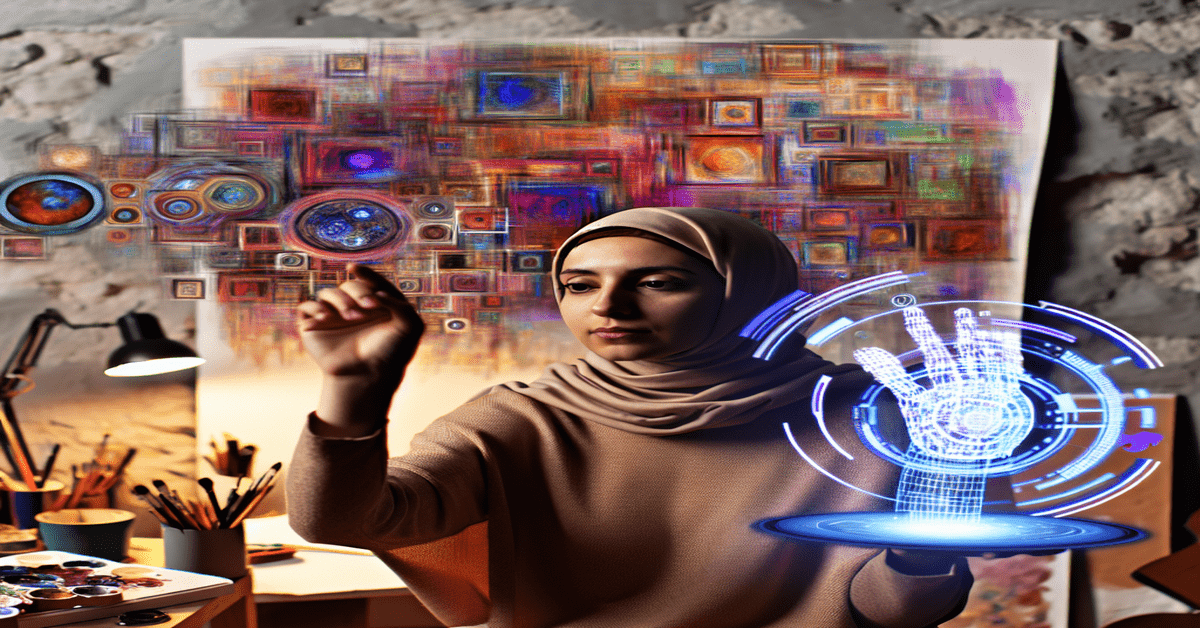U.S. Copyright Office Clarifies AI-Assisted Works Eligibility: Human Creativity Takes Center Stage
In a groundbreaking move, the U.S. Copyright Office has shed light on the complex relationship between artificial intelligence (AI) and copyright protection. The recently issued guidance emphasizes that works created with the assistance of AI can indeed be eligible for copyright, but only if they exhibit a sufficient level of human creativity. This announcement has sparked discussions across various industries, as creators and businesses alike grapple with the implications of AI in the realm of intellectual property.
The Human Touch: Creativity as the Cornerstone of Copyright
At the heart of the U.S. Copyright Office’s guidance lies the fundamental principle that human creativity is the linchpin of copyright protection. For a work to be deemed copyrightable, it must contain elements that reflect the author’s own creative choices and contributions. This means that merely utilizing AI to generate content is not enough to warrant copyright protection.
The office acknowledges that AI can serve as a valuable tool in the creative process, assisting artists, writers, and innovators in bringing their visions to life. However, it is the human input and the creative decisions made along the way that truly matter. As stated in the guidance, “The crucial question is whether the AI contributions are the result of ‘mechanical reproduction’ or instead reflect the author’s ‘own original mental conception.'”
Navigating the AI Landscape: A Case-by-Case Approach
Recognizing the complexity and diversity of AI-assisted works, the U.S. Copyright Office has opted for a case-by-case evaluation approach. Each work will be assessed individually to determine whether it meets the criteria for copyright protection. This nuanced approach ensures that the unique circumstances surrounding each creation are taken into account.
The guidance provides illustrative examples to showcase instances where human creativity is evident. For instance, an artist who employs AI tools to generate elements of a work but makes significant creative decisions about the final composition, such as selecting, arranging, and modifying the AI-generated content, would likely be eligible for copyright protection. On the other hand, a work that is solely the product of AI algorithms, without meaningful human intervention, would not meet the threshold for copyright.
Balancing Innovation and Tradition: The Future of Copyright in an AI-Driven World
The U.S. Copyright Office’s guidance represents a significant step forward in addressing the challenges posed by AI in the creative industries. It seeks to strike a delicate balance between fostering innovation and preserving the fundamental principles of copyright law. By emphasizing the importance of human creativity, the office aims to ensure that the rights of creators are protected while embracing the transformative potential of AI technologies.
As AI continues to advance and permeate various sectors, it is crucial for creators and businesses to stay informed about the evolving legal landscape. The guidance serves as a reminder that the role of human creativity remains paramount, even in an era of unprecedented technological progress. It encourages individuals to actively engage with AI tools, leveraging them to enhance and amplify their creative vision, rather than relying solely on algorithms to generate content.
Charting the Course Ahead: Collaboration and Adaptation
The U.S. Copyright Office’s guidance is a significant milestone, but it is only the beginning of a broader conversation about the intersection of AI and intellectual property. As the creative industries navigate this uncharted territory, collaboration and adaptation will be key. Creators, businesses, and legal experts must work together to develop best practices, establish guidelines, and foster an environment that encourages innovation while respecting the rights of creators.
It is essential for individuals and organizations to stay proactive in this rapidly evolving landscape. By staying informed, engaging in ongoing discussions, and adapting to the changing realities of the AI era, the creative community can harness the power of technology while upholding the time-honored traditions of human creativity and originality.
The U.S. Copyright Office’s guidance on AI-assisted works serves as a beacon, illuminating the path forward for creators and businesses alike. It reminds us that even as we embrace the boundless possibilities of artificial intelligence, it is the spark of human creativity that will continue to fuel the engine of progress and innovation in the years to come.
#Copyright #ArtificialIntelligence #CreativeIndustries #IntellectualProperty #Innovation
-> Original article and inspiration provided by MATT O’BRIEN
-> Connect with one of our AI Strategists today at Opahl Technologies


